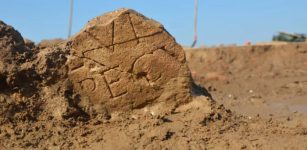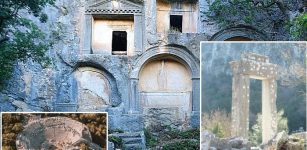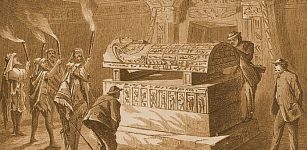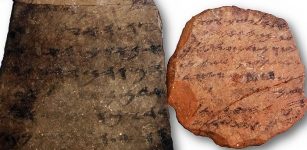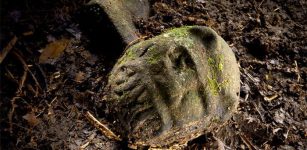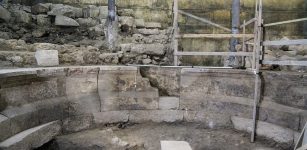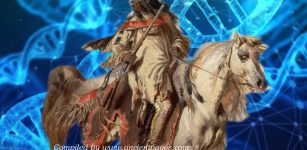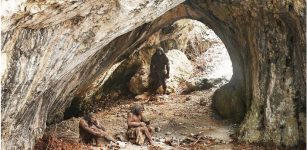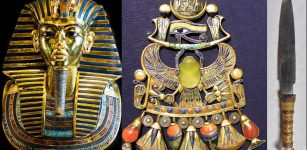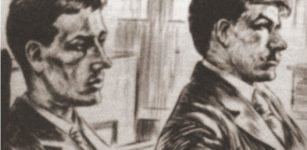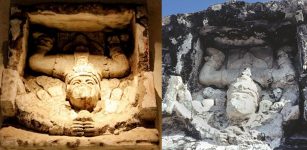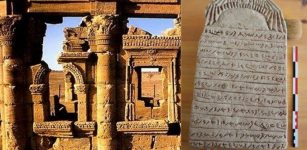Unseen 3,000-Year-Old Inscription On Biblical-Era Piece Of Pottery Deciphered By Researchers
Ancient Pages.com - An ancient writing left on a 3000-year-old pottery shard has been revealed by a team of researchers at Tel-Aviv University.
Using a new advanced imaging technology, researchers have been able to decipher 50 characters, comprising 17 words, on the back of the ostracon. This writing had been invisible to the naked eye.
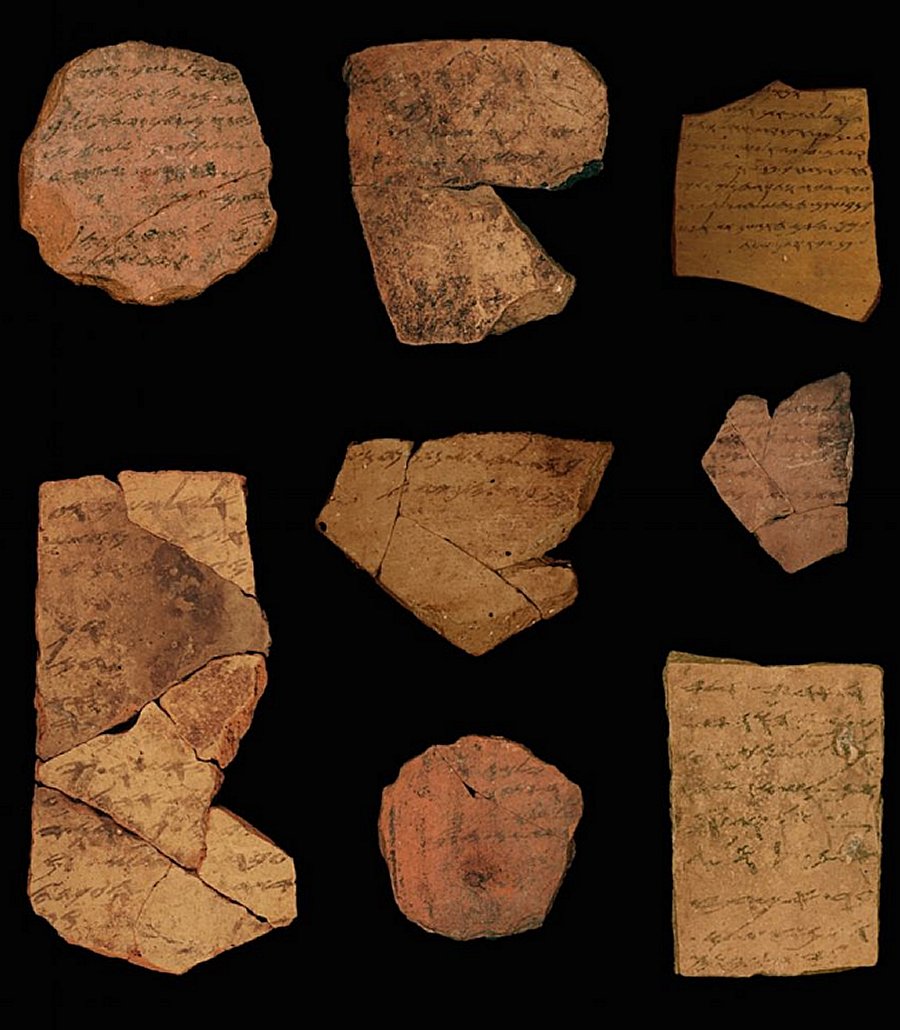
Inscriptions in ancient Hebrew dating back 2,500 years discovered near Arad. (Tel Aviv University/Michael Cordonsky, Israel Antiquities Authority
The ink-inscribed pottery shard was first found in poor condition in 1965 at Tel Arad, an ancient desert fortress located near the modern city of Arad. The fortress was used as a military outpost on the southern border of the kingdom of Judah and was inhabited by 20 to 30 soldiers.
"Most of the ostraca unearthed at Arad dates back to ca. 600 BC, shortly before the kingdom of Judah's destruction in 586 BC by the Babylonian king Nebuchadnezzar II.
The inscription on its front side, opening with a blessing by Yahweh, discusses money transfers and deals with the logistics of the outpost, such as the supply of flour, wine, and oil to subordinate units.
See also:
Biblical Mystery Of Urim And Thummim: God’s Puzzling Communication Devices
Deciphered Ancient Tablet May Depict Biblical Tower Of Babel – New Evidence
This portion of the inscription has already been studied by archaeologists and biblical scholars. Several marks on the ostracon's reverse side - being a continuation of the text, on the front side - have long remained unnoticed.
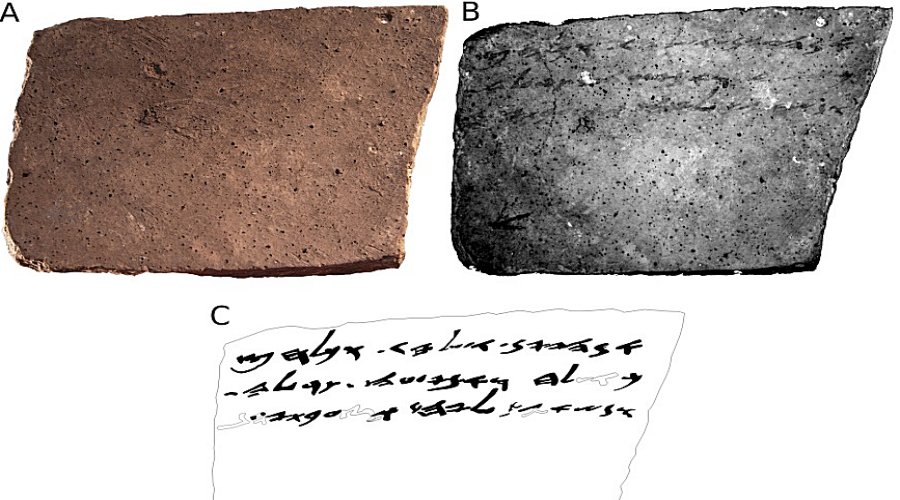
The verso of Arad Ostracon No. 16. (A) color (RGB) image; (B) MS image corresponding to 890 nm; (C) manual drawing (facsimile) of the proposed reading. Hollow shapes represent conjectured characters. Image credit: Tel Aviv University /via The Times of Israel
"While its front side has been thoroughly studied, its back was considered blank," said Arie Shaus of TAU's Department of Applied Mathematics, one of the principal investigators of the study.
“The new inscription,” added Arie Shaus of the university’s Applied Mathematics department, “begins with a request for wine, as well as a guarantee for assistance if the addressee has any requests of his own. “It concludes with a request for the provision of a certain commodity to an unnamed person, and a note regarding a ‘bath,’ an ancient measurement of wine, carried by a man named Ge’alyahu.”
Applied technology has enabled to notice an inscription, which was invisible to the naked eye.
According to Arie Shaus, “it means that every university or archaeological dig can build the camera,” to look for faded inscriptions.
AncientPages.com
Expand for references
